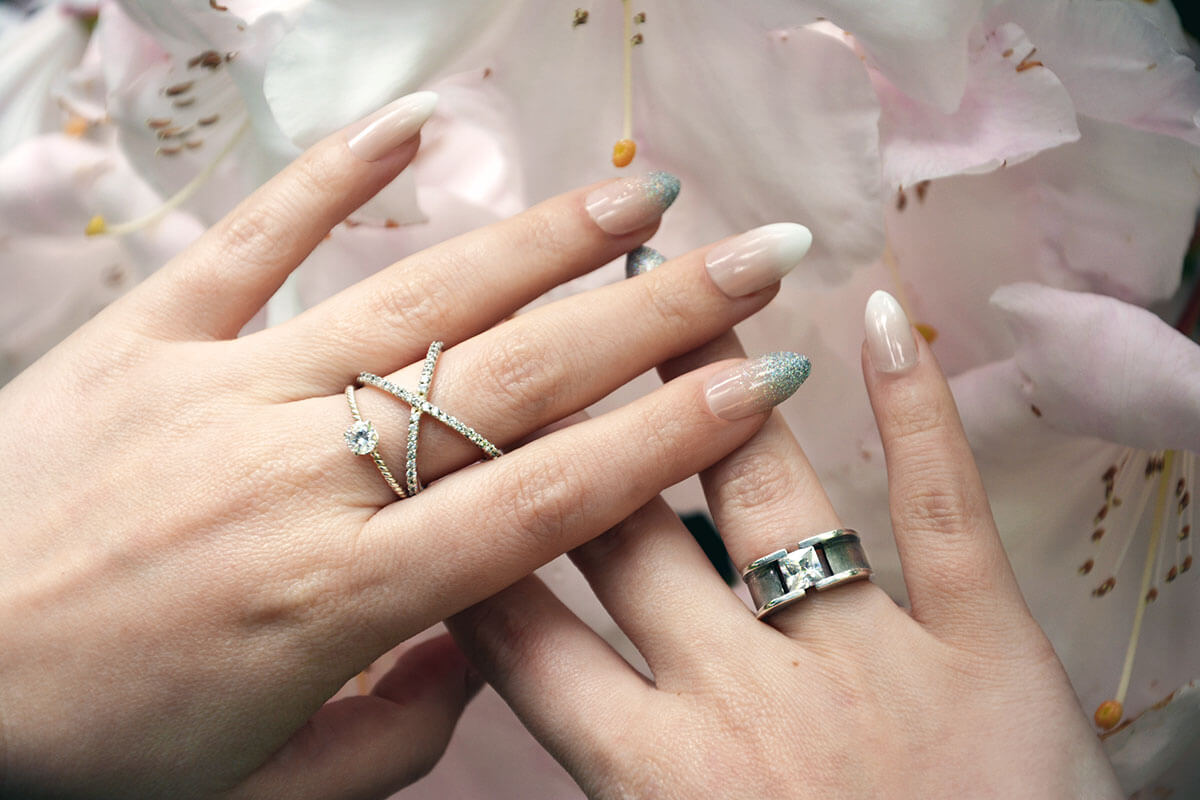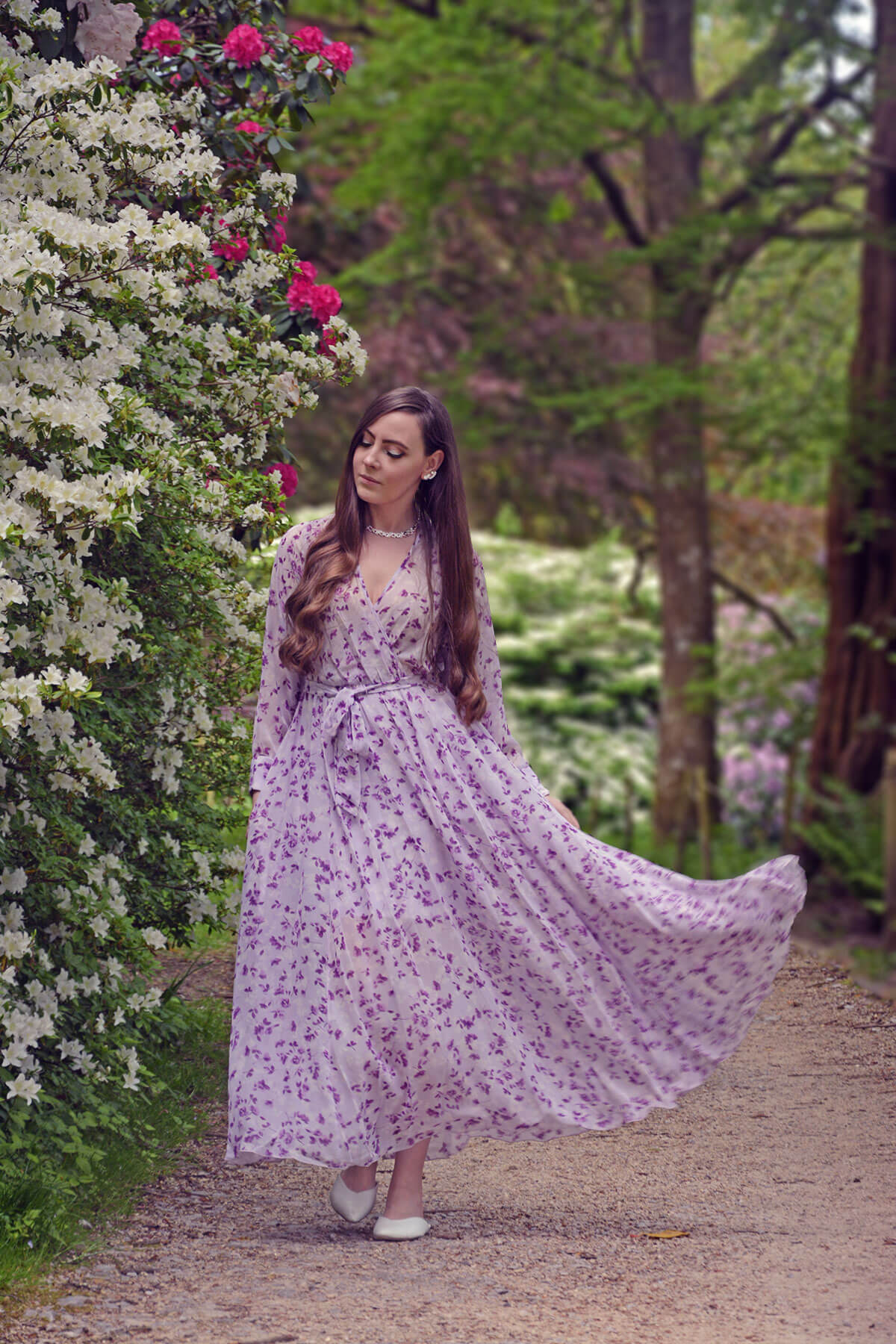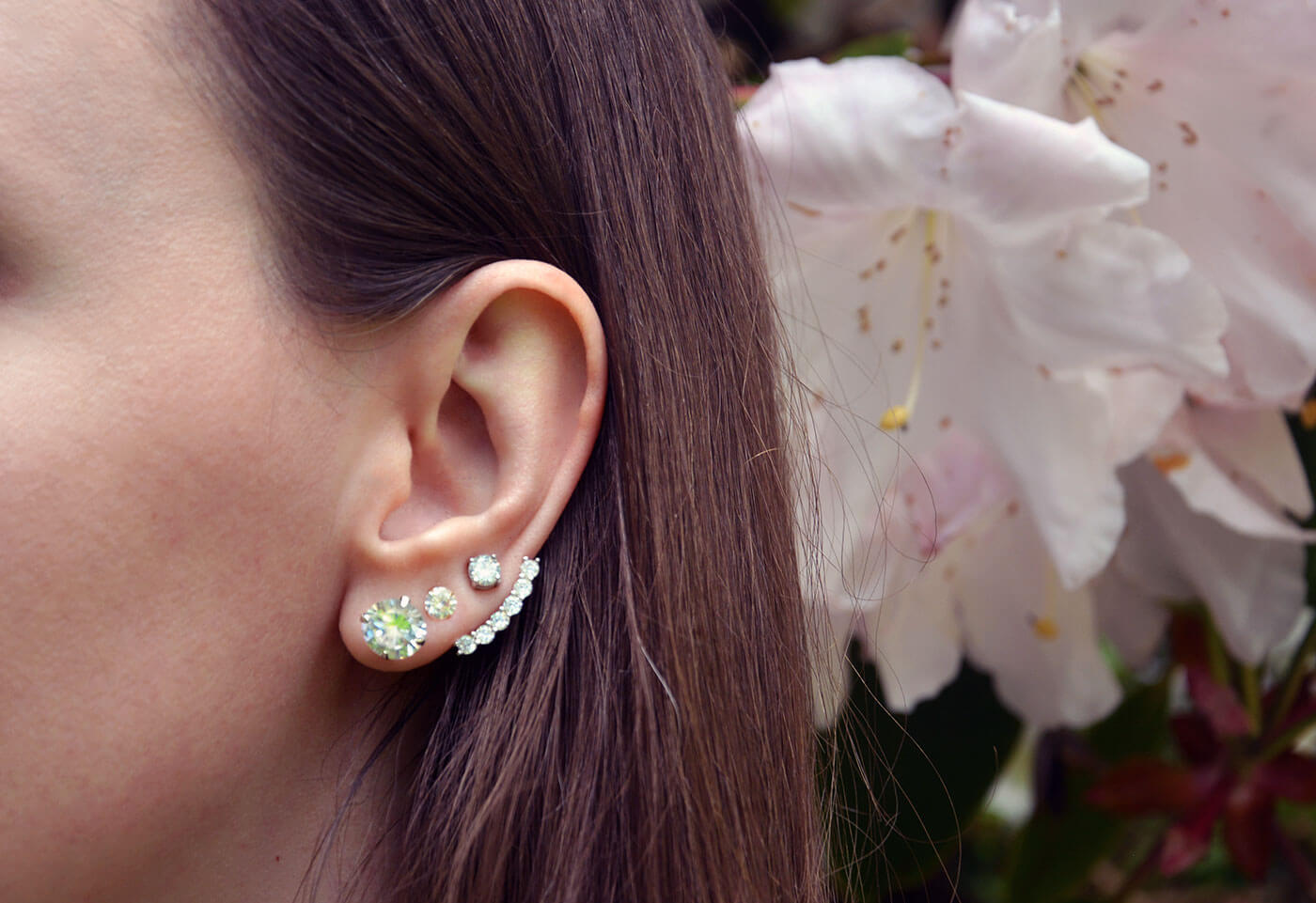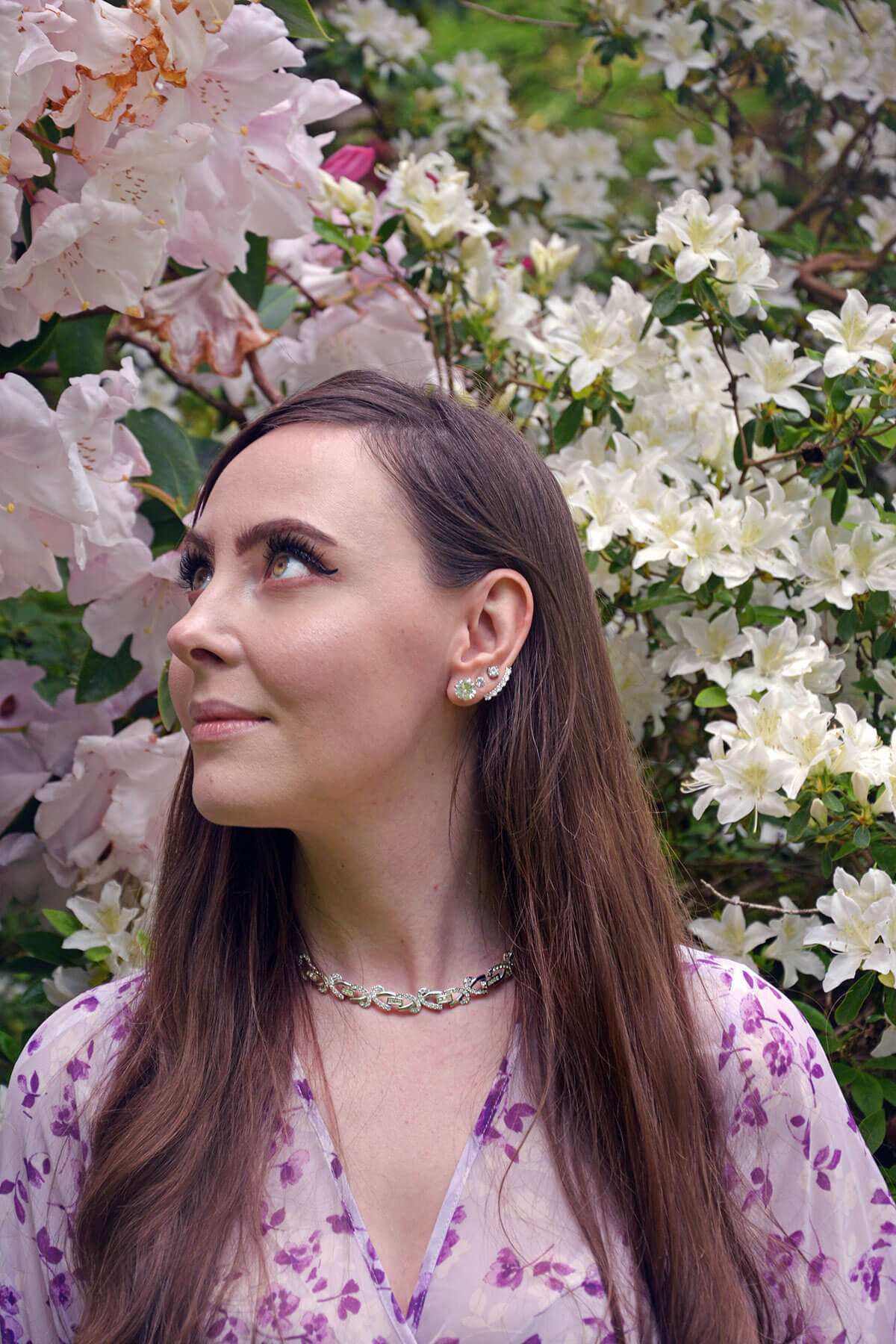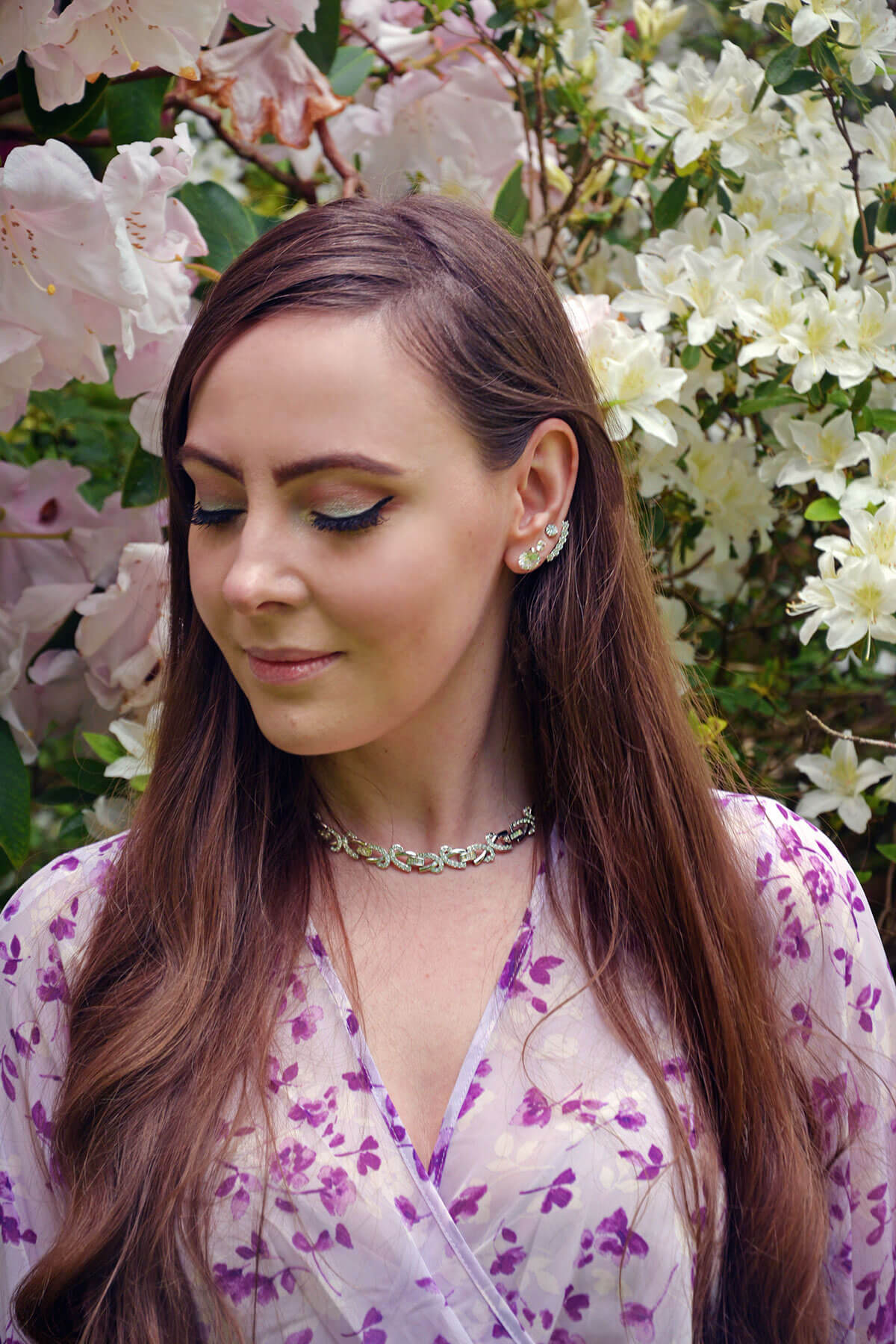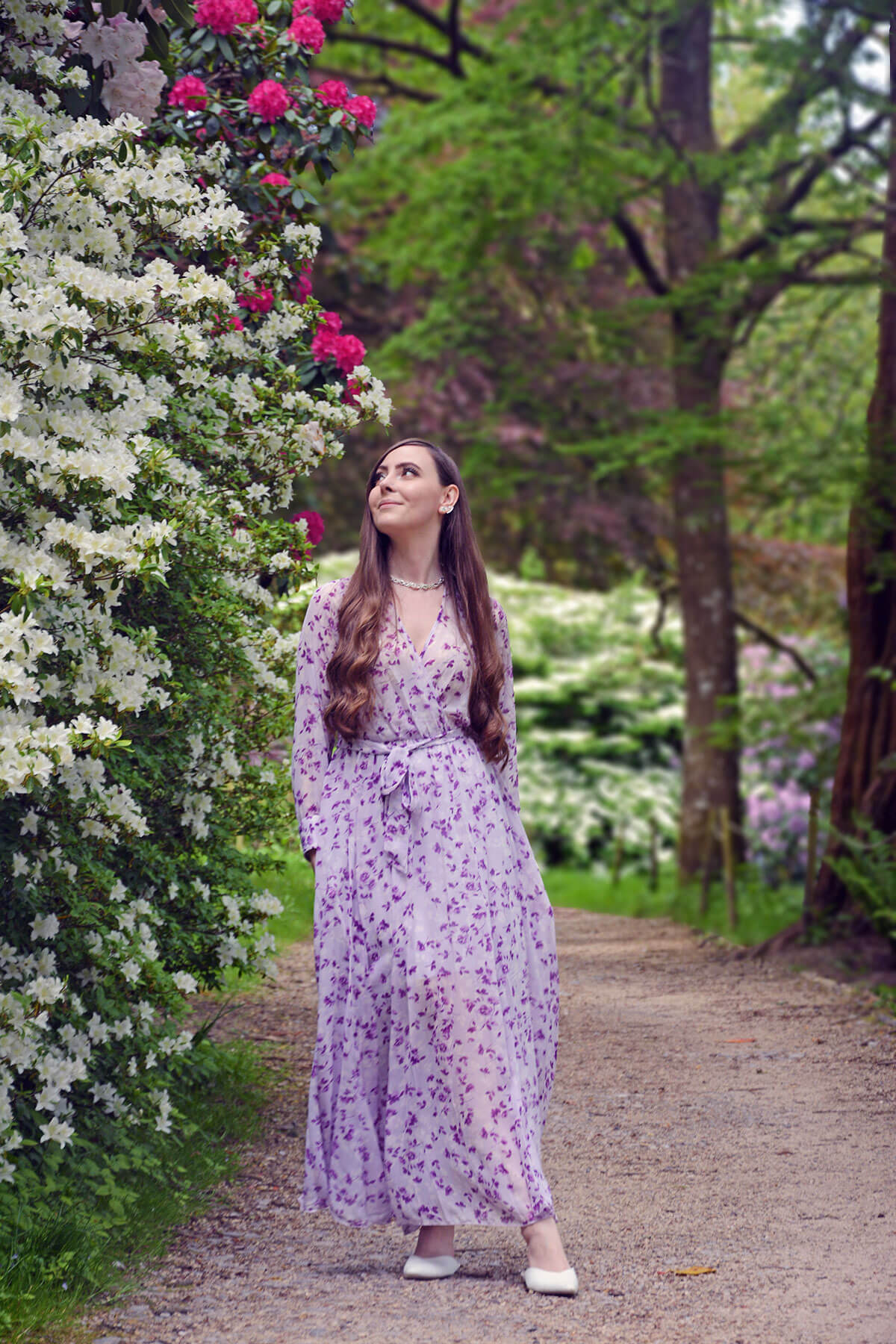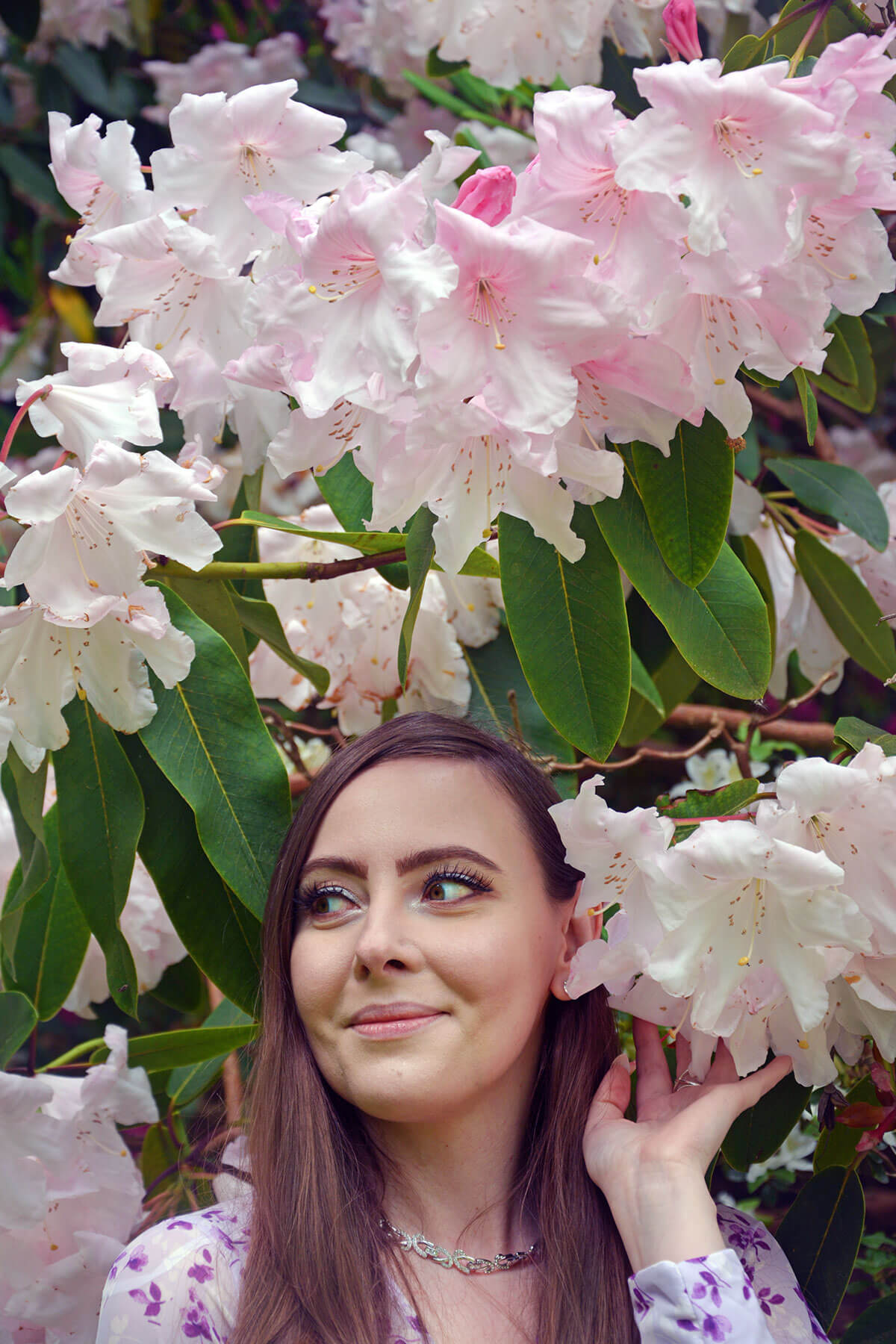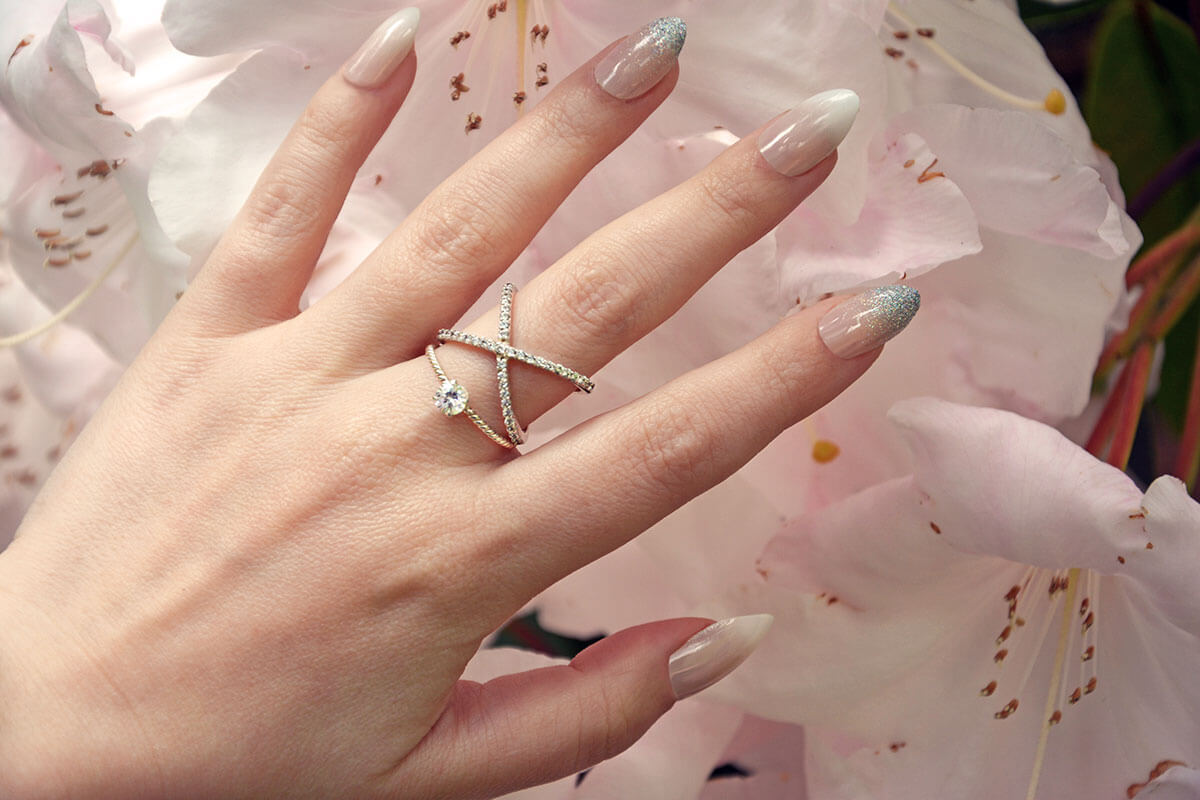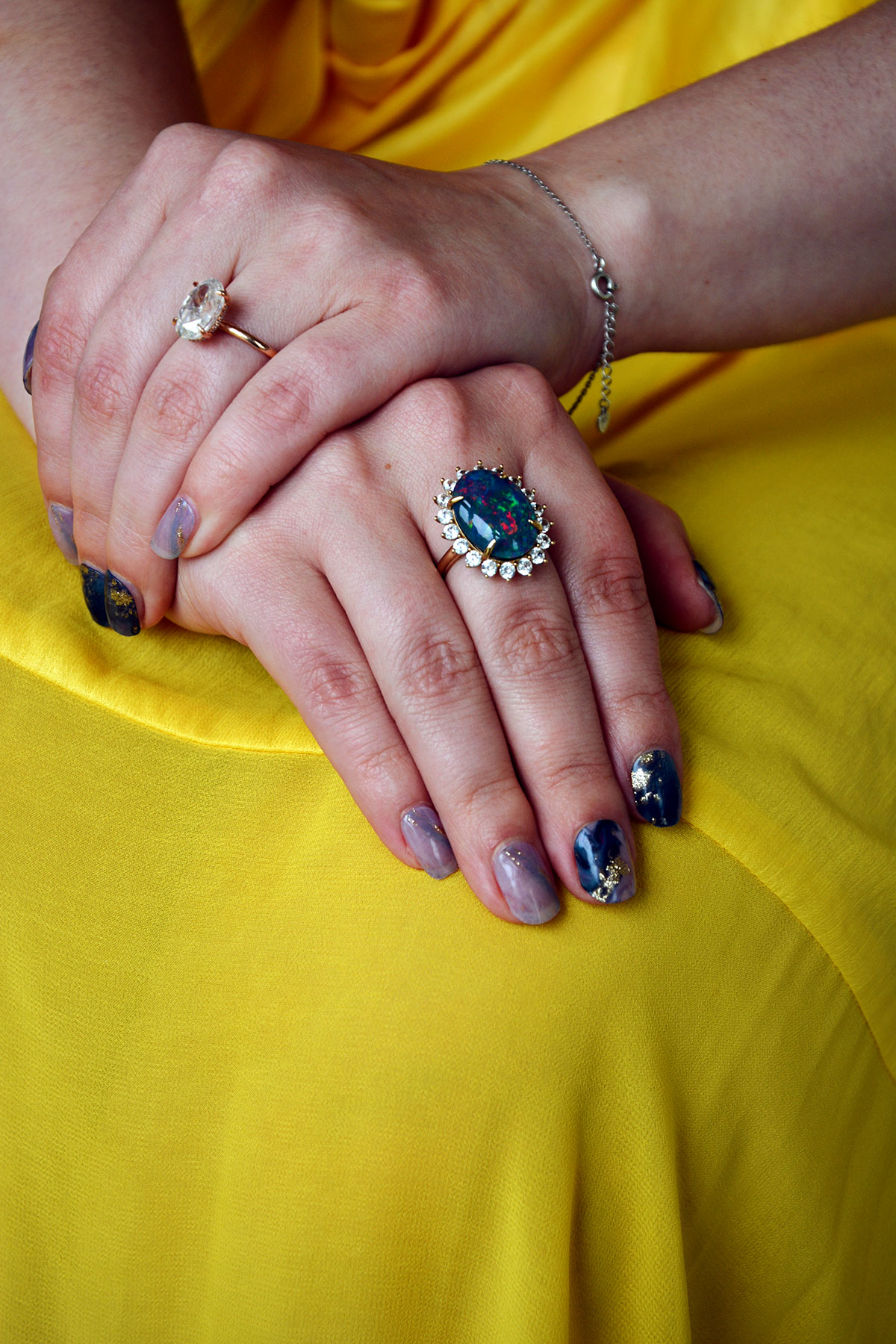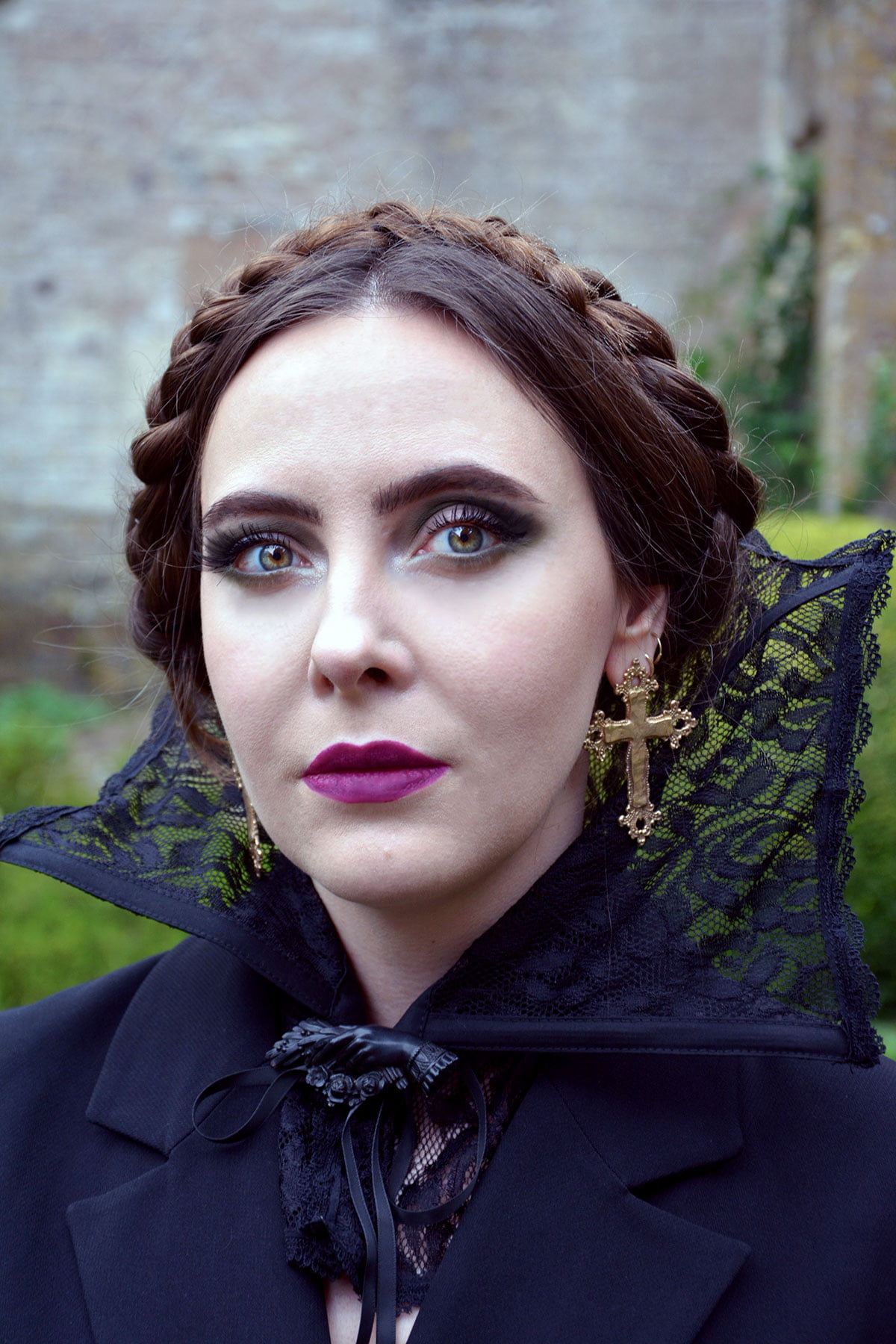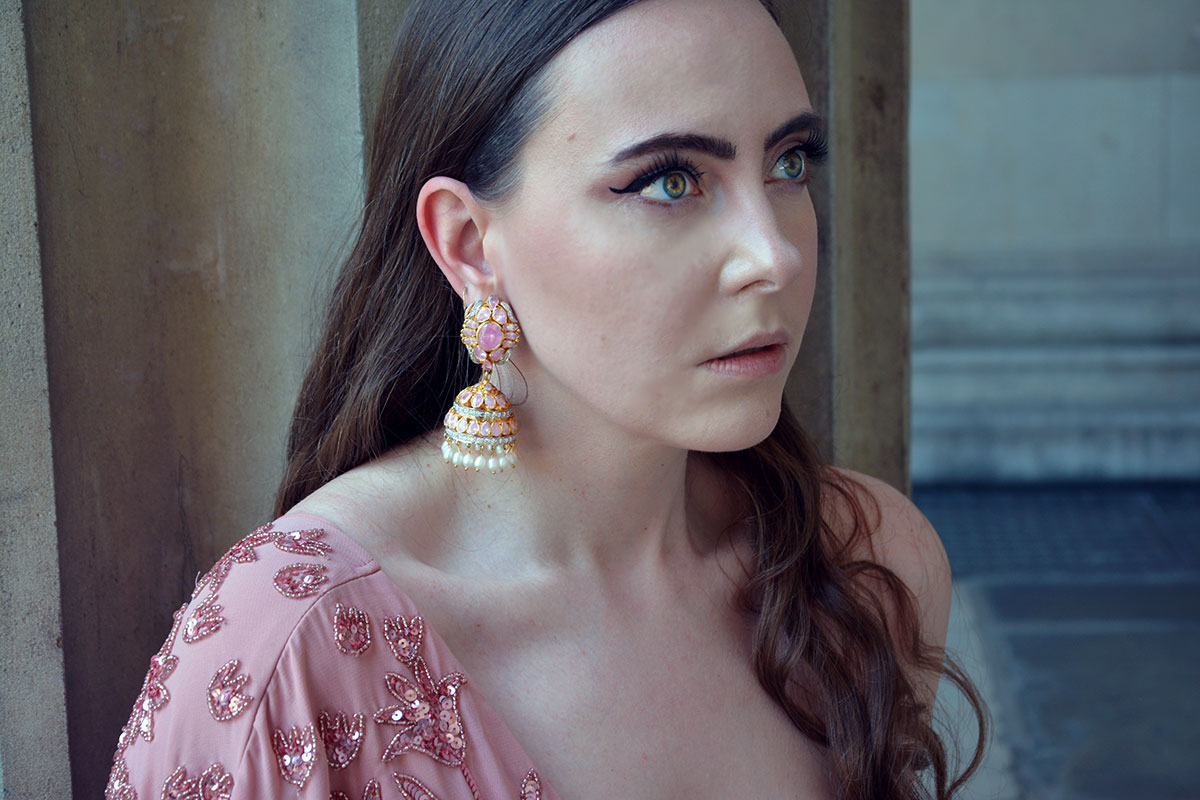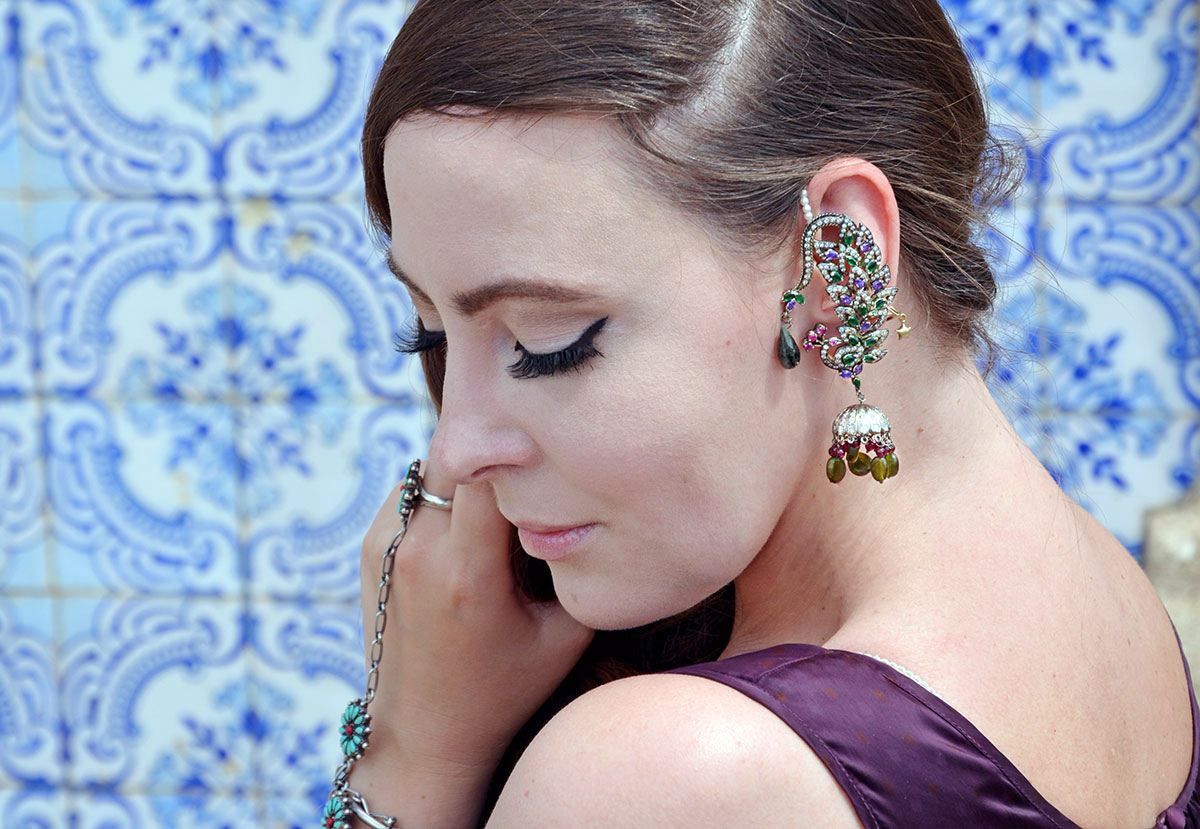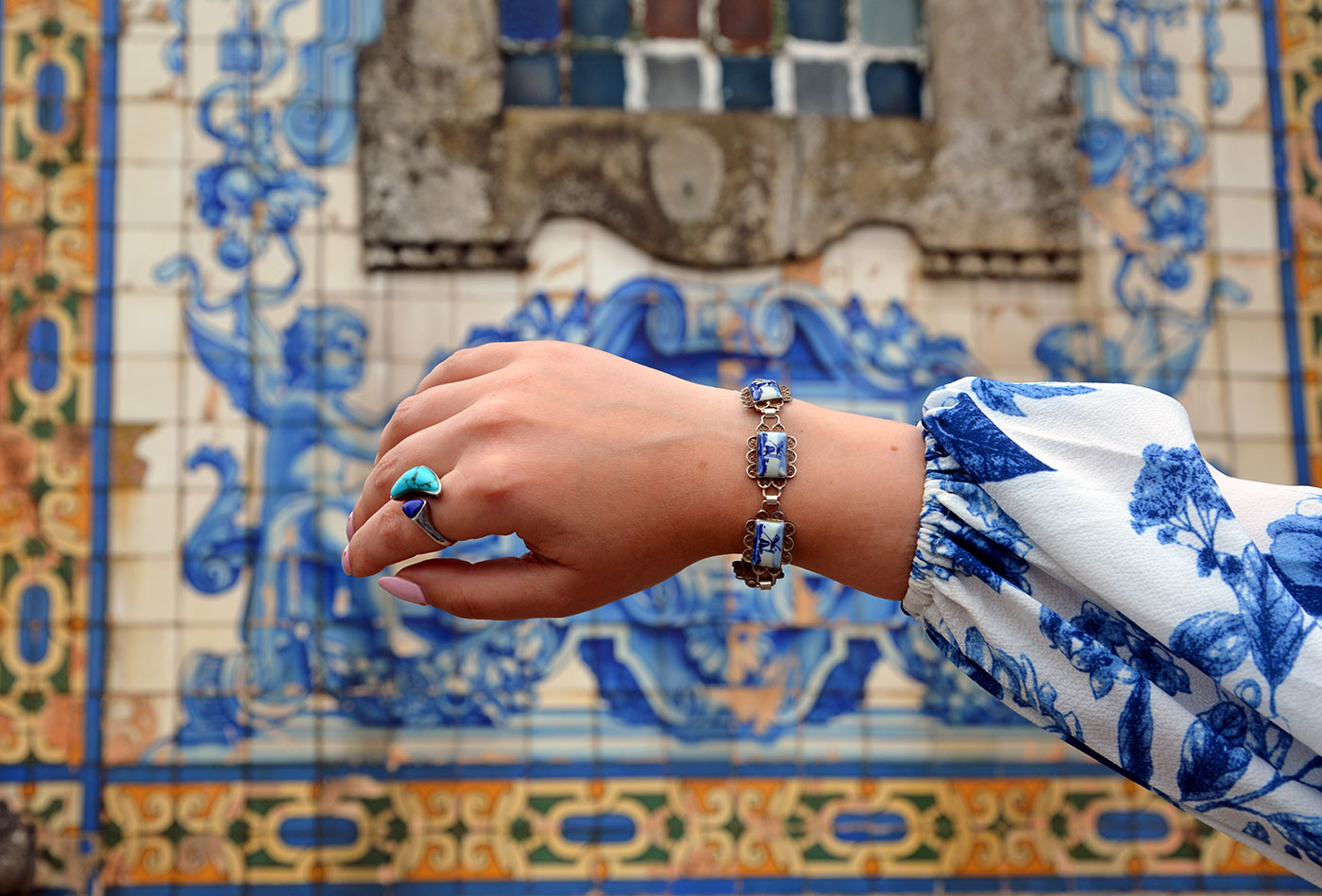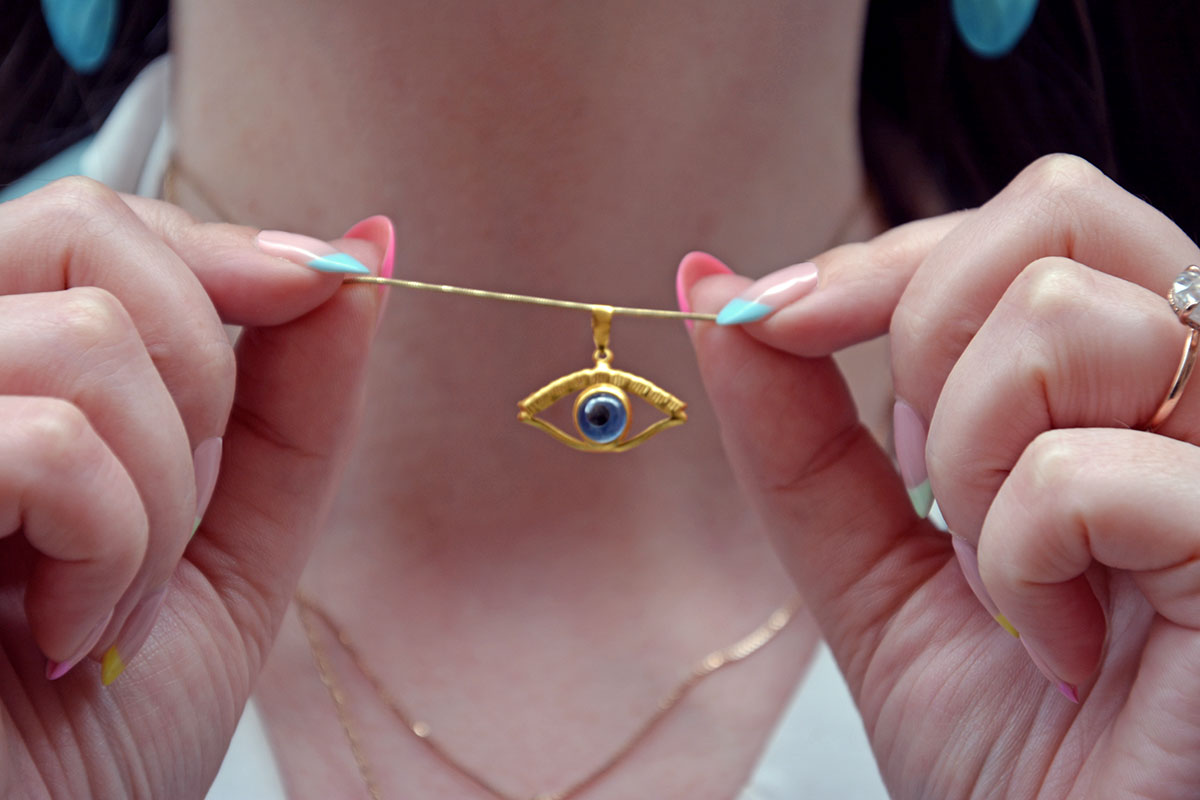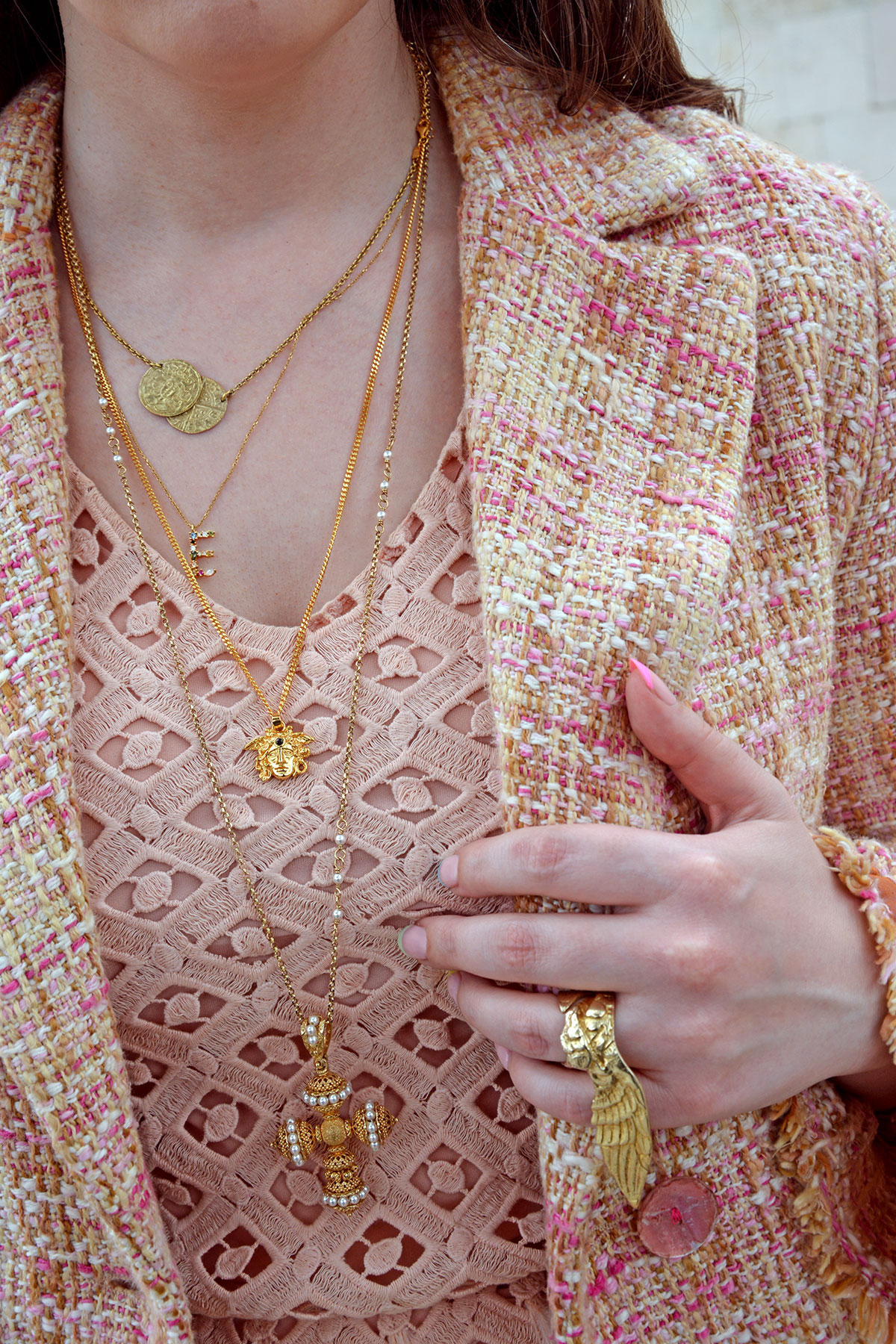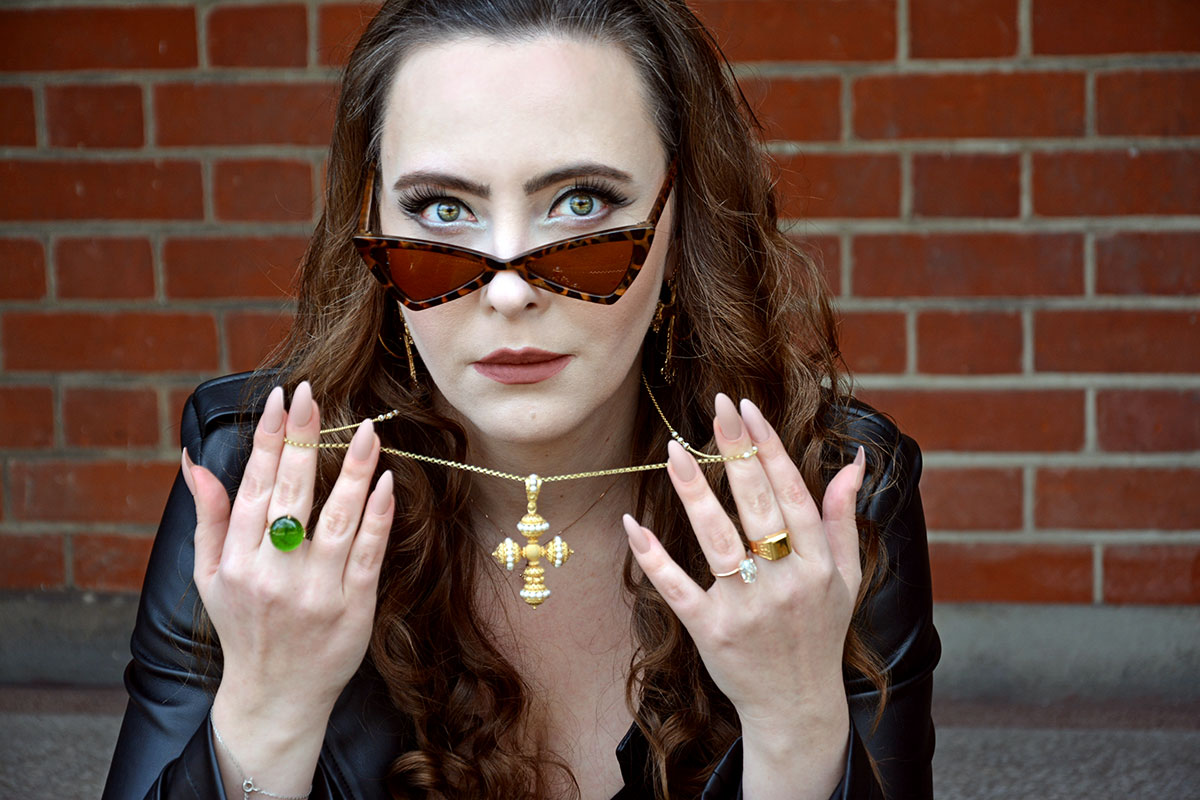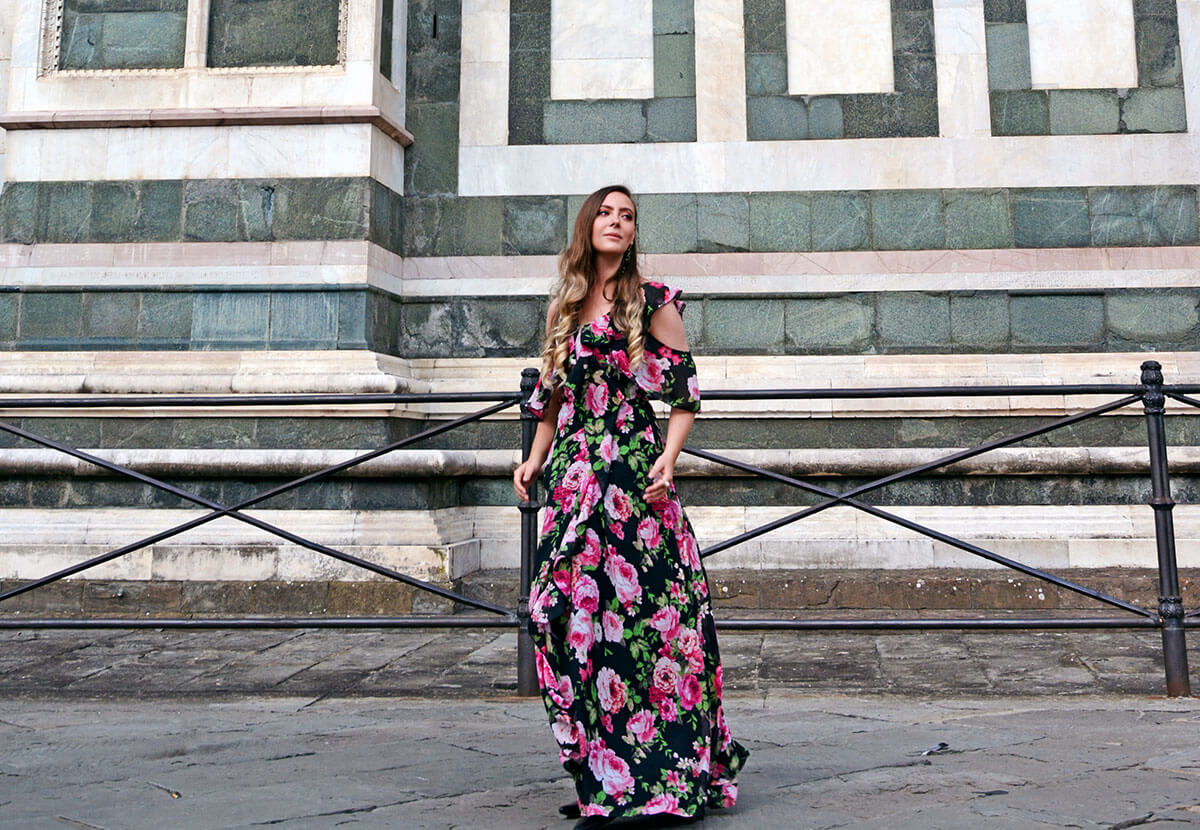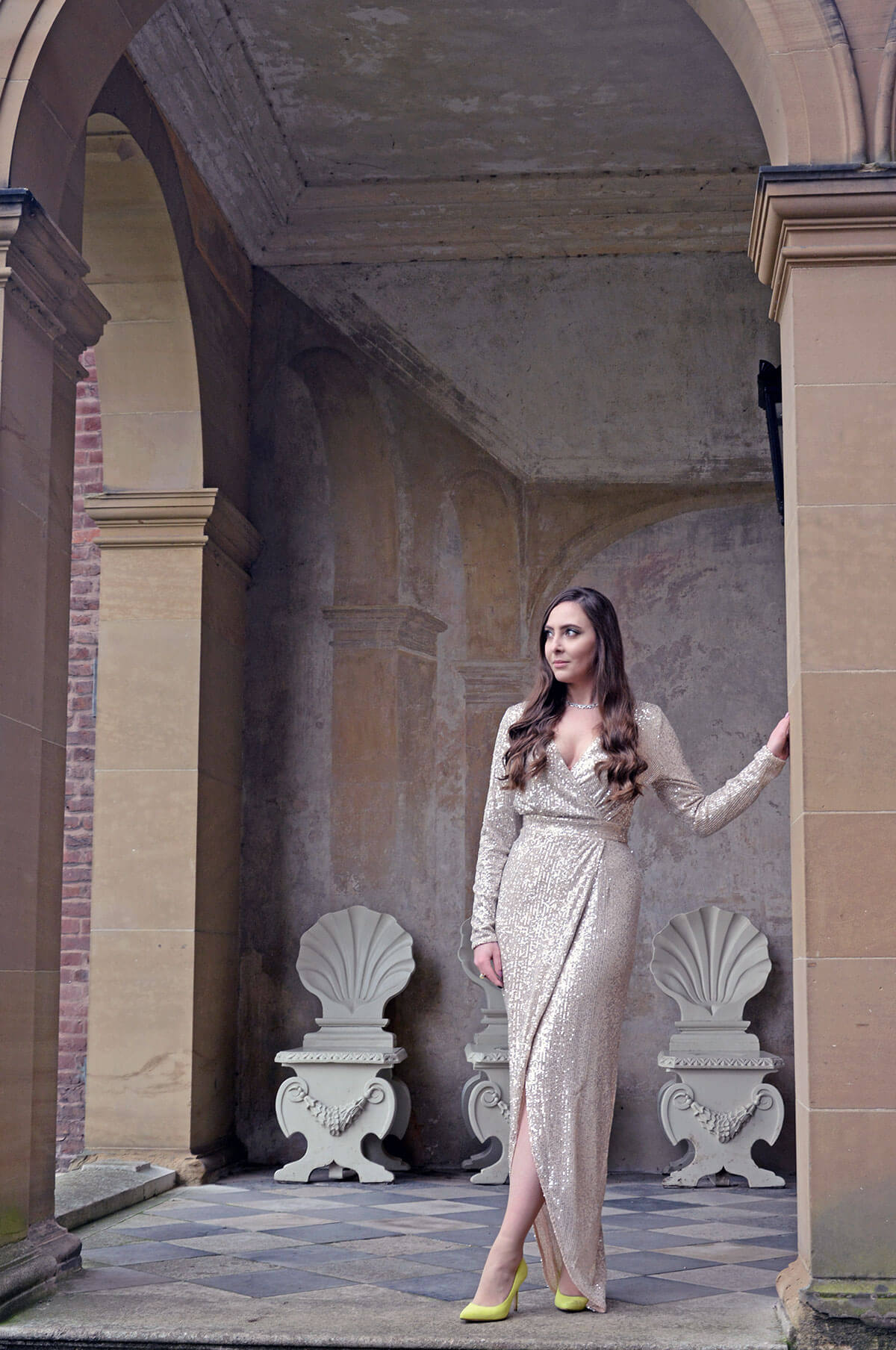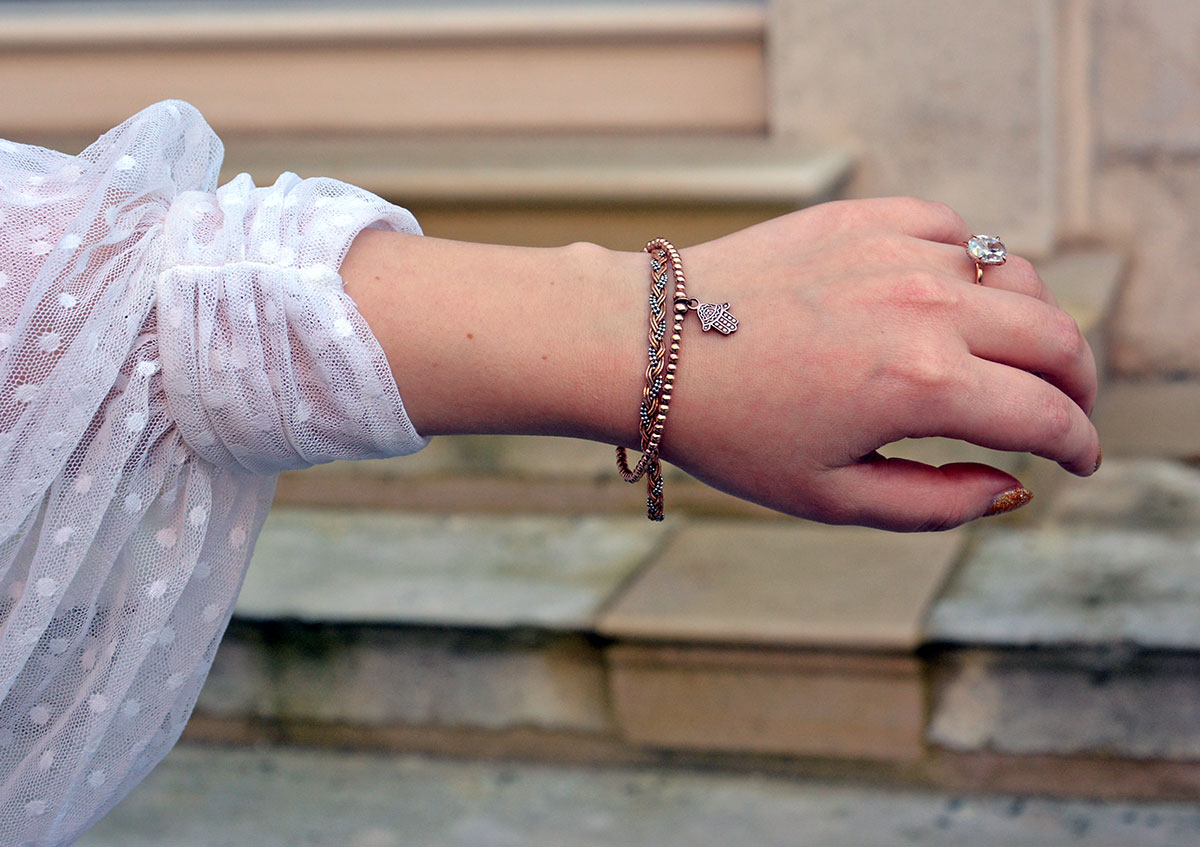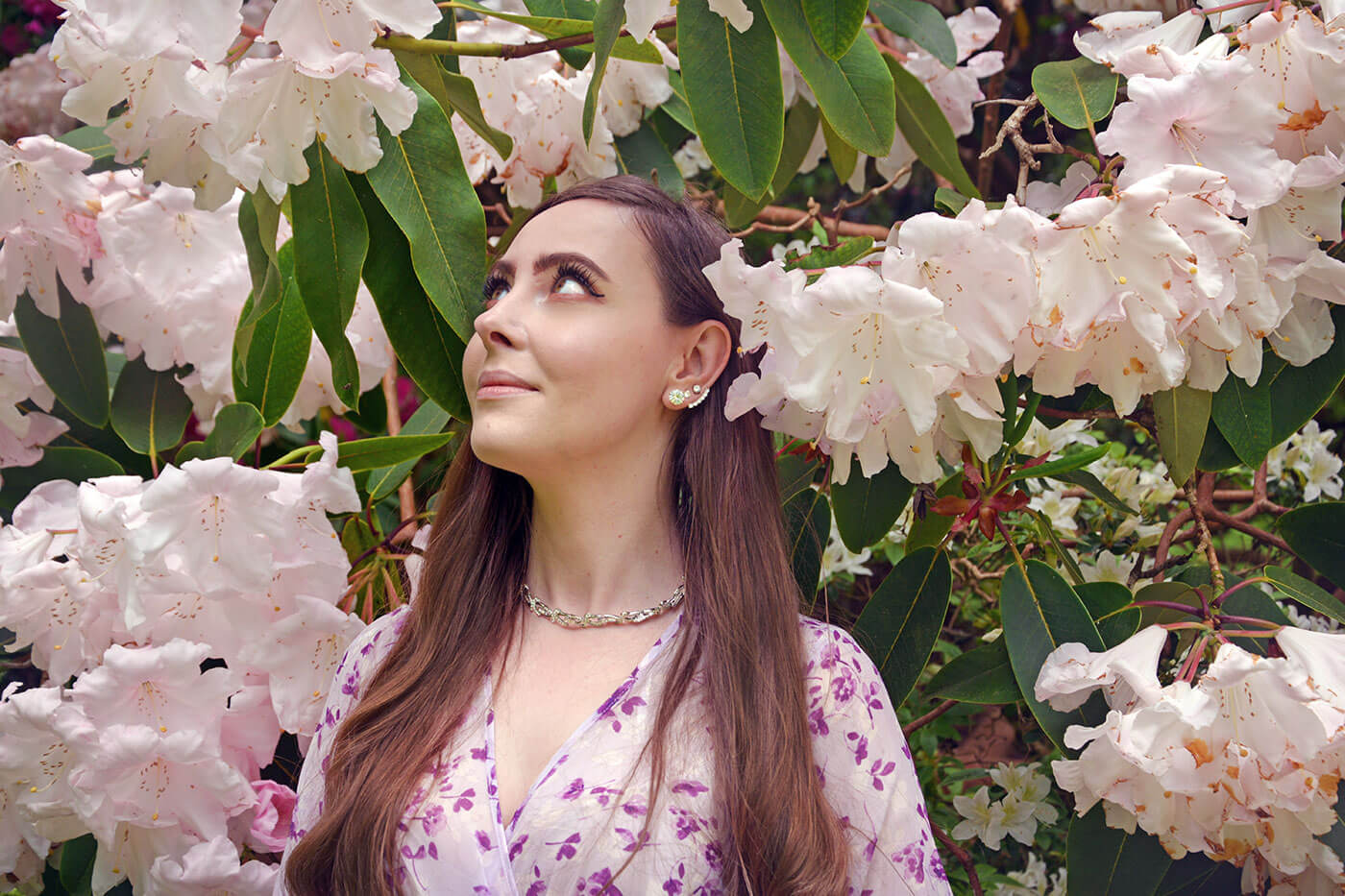
Crystals? Those sound lovely and shiny, add the name Swarovski, and I know those crystals will be flawless.
Paste? Wonderful, especially jewellery specimens from the Georgian era set in sterling.
Rhinestones? Nice and sparkly, used for generations.
Cubic Zirconia? Eww, not CZs.
Why?
The very crude exchange above is a generic sentiment I have spotted, trawling through jewellery related forums, reading articles on diamond imitations, breezing through comment sections, and finally recalling exchanges between my friends, family and myself. Cubic zirconia is arguably the most hated jewellery component out there, despite having earned some level of appreciation within the frugal community and also certain jewellery experts. Cubic zirconia is a man-made stone. So have we created the ultimate scape goat for all the wrongs of the jewellery industry? Let’s find out if this article manages to make you cringe not when uttering the words cubic zirconia, but at your past self who decided to hate cubic zirconia for no reason other than marketing told you so.
What are diamond simulants and alternatives?
Essentially, all the materials mentioned above are diamond simulants, or at least were initially created to resemble diamonds without the eye-watering price tag. As time went on, the stigma of being an imitation wore off on some of these materials (hi Swarovski crystals), but not on others, the biggest victim being CZs, or cubic zirconia. It is still often vilified and called just-a-CZ, especially when the expectation for the gem in question is to turn out to be a diamond. CZs can simply be pretty good at their job looking so expensive that even an expert eye can’t always tell. But back to our list above, let’s quickly understand what each diamond simulant actually is:
- Crystals: This is a form of glass that’s made by melting silicon oxide powders with lead at a high temperature. These are sometimes called lead crystals or flint glass. The most recognisable crystals today are created by Swarovski, who discovered a cutting technique making the Swarovski crystal sparkle just as brightly as a diamond.
- Rhinestones: These simulants were originally made from rock crystal but in the seventeenth and eighteenth centuries crystals were often swapped for glass. More recently, rhinestones have been created from acrylic, which is a type of plastic. People tend to use this term as an umbrella term for any low-cost diamond simulant including crystals and paste.
- Paste: These are rhinestones made from glass specifically. Paste jewellery from the Georgian and early Victorian times gets extra love from collectors as these pieces were often carved out by hand.
But there’s more. Gemstones that are beautiful in their own right are also often marketed and used as diamond simulants, although the industry has now finally switched its tune to call them diamond alternatives. This is because customers got more comfortable saying that their jewellery, engagement rings in particular, did not carry diamonds. In fact, a rising number of Gen-Z and millennials see diamonds as problematic and are proud of their choice to omit diamonds. Find out more about the chequered history of diamonds here. This made the market for alternatives rather than simulants emerge, which might sound like annoying semantics, but it is an important distinction. Among others, such diamond alternatives include: lab diamonds (totally real diamonds, just grown in a lab, the same way CZs are lab-grown), spinel, white saphire, topaz, zircon, moissanite and quartz.
… So where does this leave CZs?
What is cubic zirconia?
Cubic zirconia is a lab-grown mineral made of zirconium dioxide. It has been around since 1976, when its mass production began (though it was discovered earlier, and even some extremely rare natural occurrences of CZs were found). To the naked eye, CZs can look exactly like diamonds, but they have very different mineral structures. Therein lies CZs’ highest high and lowest low. Due to their close resemblance with diamonds, they are often seen as fake, faux or knockoff diamonds, instead of being enjoyed for what CZs really are – manmade, fun, sparkly and durable gems. Oh, and by the way – cubic zirconia has nothing to do with zircon, the world’s oldest gemstone.
As you can imagine, the diamond industry got really pissed off when CZs entered the market. Suddenly, the public were told that they didn’t need to save up three months’ worth of their salaries to get diamonds, they could just go for CZs, no savings required. Of course, in-depth comparison tables started creeping-up, showcasing how inferior cubic zirconia was to diamonds, slowly turning CZs into Judas. So let’s dive right into those diabolical differences.
Cubic zirconia versus diamond
- We all know that diamonds are the hardest substance, raking at 10 on Mohs scale of hardness. CZs come at 8.5, which means they are more brittle than diamonds. But then again emeralds rank 7-8, and no one hates those?
- There are may cuts and shapes that were created to ensure diamonds look their best. Cubic zirconia doesn’t have its own cutting methodology, instead it’s following in diamonds’ footsteps. It is often sold in carat weight that is measured for diamonds. For example, an ad for a ring may say equivalent of a 4ct diamond. CZs are actually heavier than diamonds, so this kind of measurement isn’t precise to the cubic zirconia that you are purchasing.
- Cubic Zirconia doesn’t have to be only white to simulate diamonds. It can carry a whole rainbow of colours.
- You know what’s one of the best ways to tell CZs from diamonds? They are truly colourless and are created with no inclusions. They’re basically way too flawless. Some customers like to know (but much less see) that there are minor inclusions in their diamonds, as this is a sign of Mother Earth’s work.
- Cubic zirconia sparkles more than diamonds and has more fire (flashes of colour). For this reason, a technology has been developed to envelope CZs in diamond-like carbon to mute the fire, which is also one of the tell-tale signs that the gem in question is not a diamond. This carbon coating also makes CZs more durable.
- Just like diamonds, not all CZs are created the same. Some are much lower in quality affecting the clarity of the stone, with some starting to look cloudy over time. When buying your CZs, read up any supporting material from the store or ask as many questions about the source of the CZs as you can. A reputable store that will reveal all about their CZs clearly cares about sourcing their cubic zirconia from reputable, high calibre manufacturers.
- Is cubic zirconia a good stone for an engagement ring? Now that you know all the ups and downs, it’s for you to decide. It might not be as durable, but you can simply have a fresher stone reset for not much money, or just get a new ring altogether. It is a massive win for those living a more frugal lifestyle, but it may not be for everyone – just like diamonds too are not for everyone. Actually, engagement rings in general might not be for everyone. You make up your own rules.
Cubic zirconia vs zircon
As mentioned before, cubic zirconia has nothing to do with zircon. It’s like Stephan from accounts has nothing to do with your cousin Stephanie. Nothing. So here’s how zircon is different:
- Zircon is a natural gemstone that is the oldest in the world.
- Zircon is very rare. According to gemologists, if there was the same amount of demand for zircon as there was for diamonds, it would become extinct in roughly 12 months.
- Zircon ranks 7.5 on the Mohs scale, which means both diamonds and CZs are harder.
- One of the ways you can tell a zircon from diamonds or CZs (or most other gemstones) is its double refraction. This means that when light hits zircons, it is slowed, bent and split into two, making that fire and sparkle stronger. Not many gems have this quality, but zircons, sapphires, peridots and tourmalines certainly do.
- Zircons are often colour-treated to create a truly “white” look; this makes them weaker and less durable, unfortunately. Having said that, this shouldn’t matter that much for earrings and necklaces, unless you are planning on doing some sanding or building work with your ears and neck. Which, you’re probably not, even if your occupation is a pro builder.
Summary: Is cubic zirconia still making you cringe?
It shouldn’t. There is a time and place for costume jewellery as well as fine jewellery – and cubic zirconia has found itself adorning both. CZs can be enjoyed when they are bought for the right reasons, to be rocked for what they are, rather than delude oneself that they are diamonds, only to get annoyed that they aren’t. Currently a lot of consumers purchase costly pieces with diamonds and commission CZ replicas to be worn when traveling or holidaying. In the grand scheme of things, losing a CZ is a mild frustration as it can be substituted quickly and inexpensively, but losing an inherited diamond can quickly become a tragedy.
I personally enjoy wearing CZs set in sterling silver and love the sparkle they bring. I admit, if it’s a piece set in gold, I prefer paste stones due to the history these pieces carry. Cubic zirconias are modern, low-cost, and they can be conversation starters, even if your answer is thanks, it’s just a CZ. Or perhaps it’s time to convert that cringey just-CZs sentiment into thanks, it’s just so sparkly, isn’t it?

